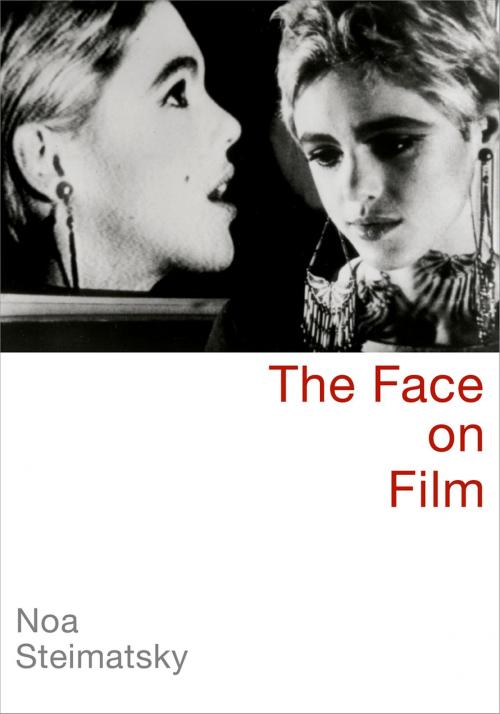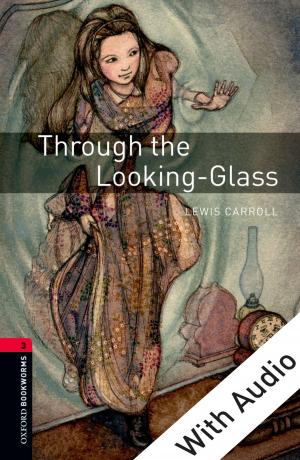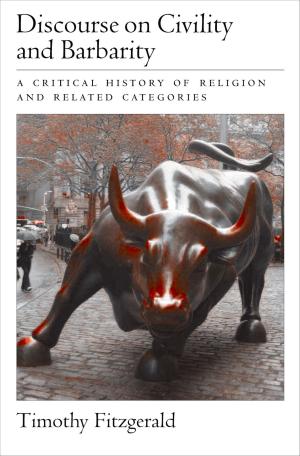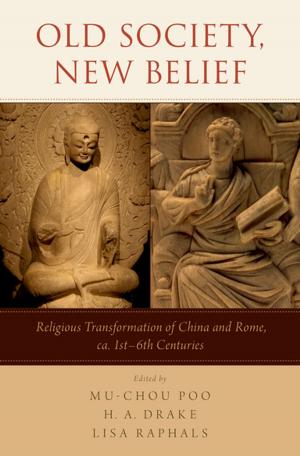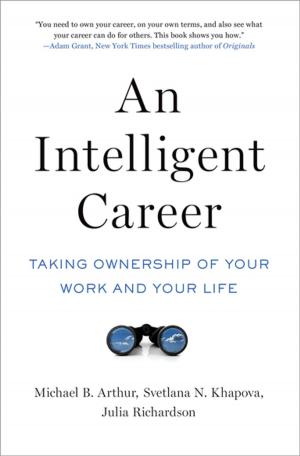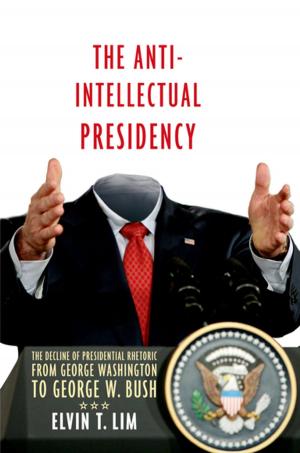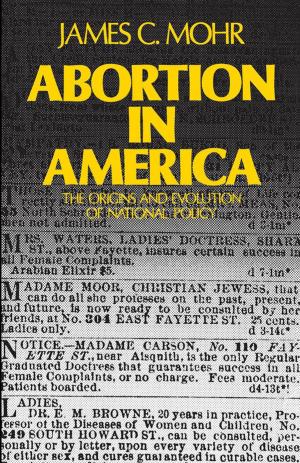| Author: | Noa Steimatsky | ISBN: | 9780190650353 |
| Publisher: | Oxford University Press | Publication: | January 3, 2017 |
| Imprint: | Oxford University Press | Language: | English |
| Author: | Noa Steimatsky |
| ISBN: | 9780190650353 |
| Publisher: | Oxford University Press |
| Publication: | January 3, 2017 |
| Imprint: | Oxford University Press |
| Language: | English |
The human face was said to be rediscovered with the advent of motion pictures, in which it is often viewed as expressive locus, as figure, and even as essence of the cinema. But how has the modern, technological, mass-circulating art revealed the face in ways that are also distinct from any other medium? How has it altered our perception of this quintessential incarnation of the person? The archaic powers of masks and icons, the fashioning of the individual in the humanist portrait, the modernist anxieties of fragmentation and de-figuration--these are among the cultural precedents informing our experience in the movie theatre. Yet the moving image also offers radical new confrontations with the face: Dreyer's Passion of Joan of Arc, Donen's Funny Face, Hitchcock's The Wrong Man, Bresson's enigmatic Au hasard Balthazar, Antonioni's Screen Test, Warhol's filmic portraits of celebrity and anonymity are among the key works explored in this book. In different ways these intense encounters manifest a desire for transparency and plenitude, but--especially in post-classical cinema--they also betray a profound ambiguity that haunts the human countenance as it wavers between image and language, between what we see and what we know. The spectacular impact of the cinematic face is uncannily bound up with an opacity, a reticence. But is it not for this very reason that, like faces in the world, it still enthralls us?
The human face was said to be rediscovered with the advent of motion pictures, in which it is often viewed as expressive locus, as figure, and even as essence of the cinema. But how has the modern, technological, mass-circulating art revealed the face in ways that are also distinct from any other medium? How has it altered our perception of this quintessential incarnation of the person? The archaic powers of masks and icons, the fashioning of the individual in the humanist portrait, the modernist anxieties of fragmentation and de-figuration--these are among the cultural precedents informing our experience in the movie theatre. Yet the moving image also offers radical new confrontations with the face: Dreyer's Passion of Joan of Arc, Donen's Funny Face, Hitchcock's The Wrong Man, Bresson's enigmatic Au hasard Balthazar, Antonioni's Screen Test, Warhol's filmic portraits of celebrity and anonymity are among the key works explored in this book. In different ways these intense encounters manifest a desire for transparency and plenitude, but--especially in post-classical cinema--they also betray a profound ambiguity that haunts the human countenance as it wavers between image and language, between what we see and what we know. The spectacular impact of the cinematic face is uncannily bound up with an opacity, a reticence. But is it not for this very reason that, like faces in the world, it still enthralls us?
